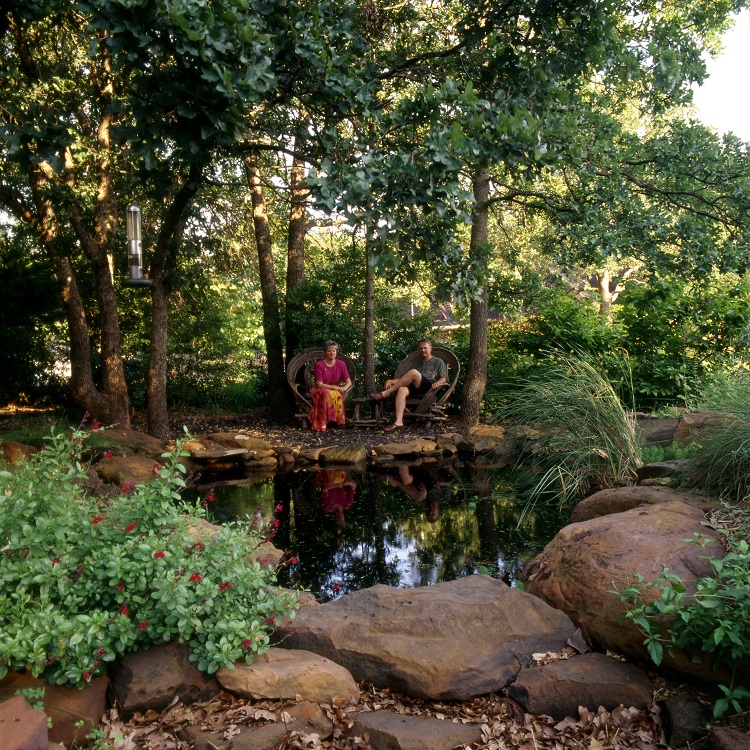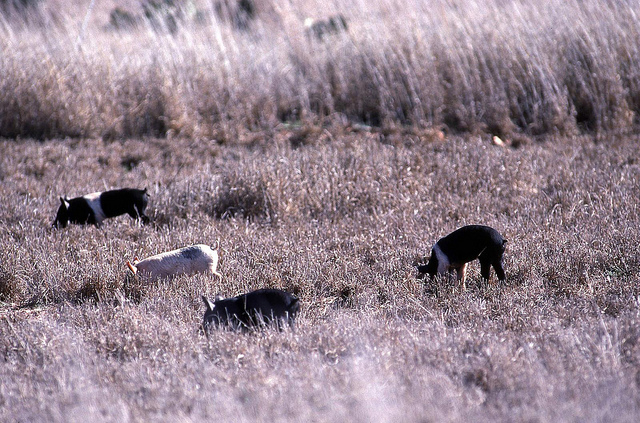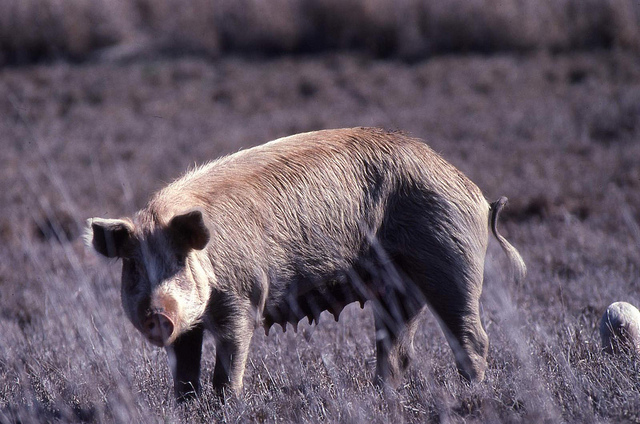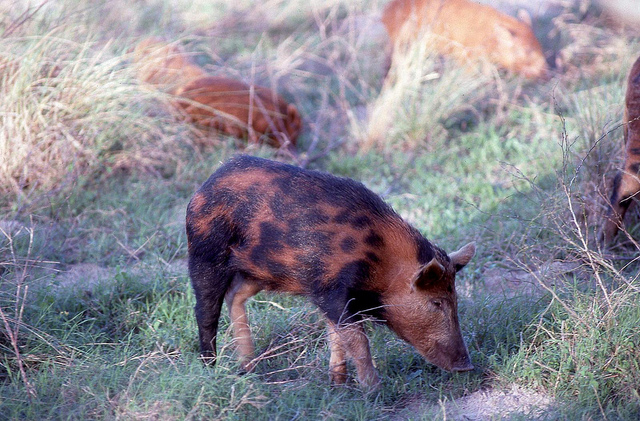Giving Back to the Land
Friday, July 17th, 2015
This is Passport to Texas
One of Frank Gore’s earliest outdoor memories is of sleeping on the floor of a duck blind under his father’s coat when he was just 4 years old.
03- I come from a long family history of duck hunters.
The tradition continues with his kids and grand-kids on his Jackson County property, which he bought in 2007.
07- We wanted a place for the family to hunt. But, it became much more than that over time. It’s actually turned into a chance to give a bit back.
About 20 miles from Palacios, the Gore Family Farm is in the flyway; Mr. Gore converted it from rice and cattle production into wetlands and upland habitat; restoration work that earned him a Lone Star Land Steward Award.
16- In the cattle grazing days, they had planted Bermuda grass and it was pervasive; it was really detrimental to the native songbirds as well as the upland birds we were trying to foster on the place. So, we began the process of habitat restoration and rehabilitation.
In the end, landowners like Frank Gore preserve Texas– natural heritage for their descendants, and all Texans.
14- The main justification [of the restoration work] is so that my grand-kids will know what a covey of quail sound like calling each other in the morning. And, what it looks like to send up 300 ducks off of a pond, and watch ’em whirl around and come back in. And that’s something your money just can’t buy.
The Wildlife and Sport Fish Restoration Program supports our series.
For Texas Parks and Wildlife…I’m Cecilia Nasti.






 Passport to Texas is a
Passport to Texas is a  Passport to Texas is made available by:
Passport to Texas is made available by: